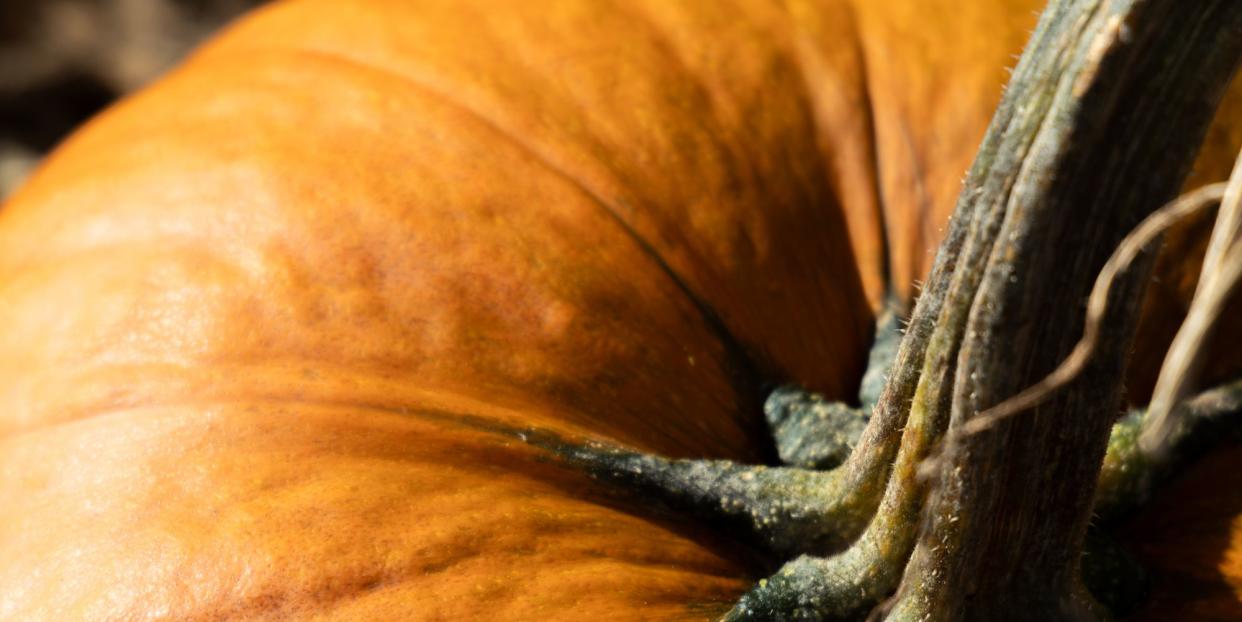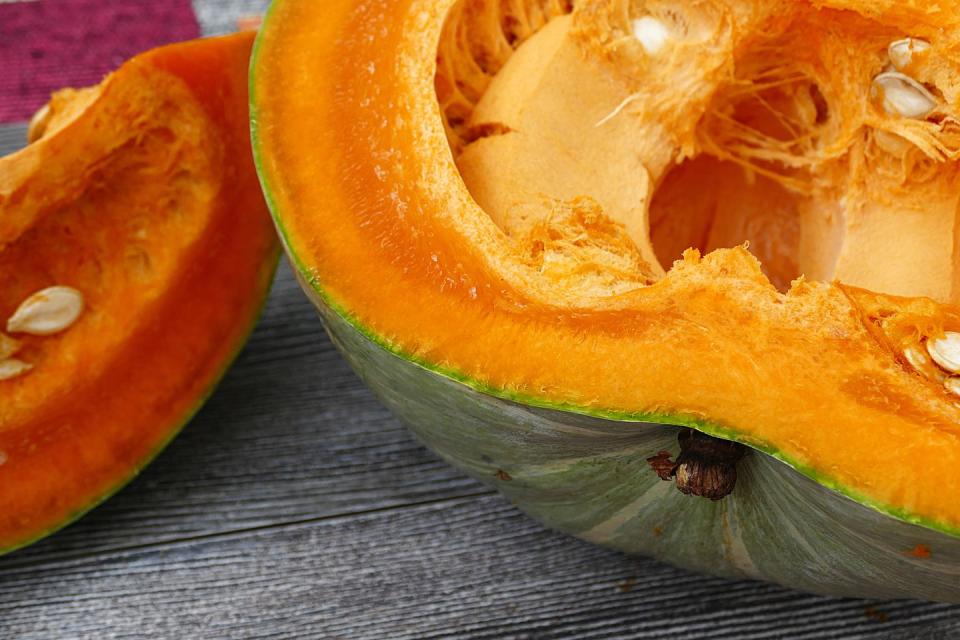How to feed wildlife & recycle your pumpkins safely this Halloween

Halloween is the perfect excuse to dress up and overdo it on sweets and scary films. But amidst the spooky fun, it's important to be mindful that we tend to create more waste during seasonal celebrations.
But one way to lessen your impact this October is to recycle your pumpkin. We spoke to wildlife expert Lucy Taylor of Vine House Farm about how to responsibly recycle leftover pumpkins and help feed wildlife in your garden. Here are the top takeaways...
Feed the wildlife in your garden
Pumpkins are a nutritious food source for animals, and in autumn, natural food resources become more scarce. When Halloween is over, reuse the pumpkin to feed the wildlife that visits your garden. Lucy recommends chopping up your pumpkin so that birds, squirrels, foxes and badgers can feed on the flesh and seeds.
'However, remember that pumpkins can be fatal for hedgehogs, as eating too much can impact their digestion leading to diarrhoea and dehydration,' warns Lucy. 'Instead of leaving pumpkins on the ground, it's best to raise them safely out of reach of hedgehogs by placing them on a wall or on a hanging feeder.'
Turn your pumpkin into a hanging feeder
Alternatively, Lucy suggests a more creative way to repurpose your pumpkin by following the below steps. Only use firm and fresh pumpkins for the best results.

Chop your pumpkin in half horizontally then let the halves dry out
Pierce drainage holes through the pumpkin flesh (this stops the feeder from going mouldy too soon)
Fill the concave inner part of the pumpkin halves with bird feed as well as any pumpkin seeds you may have kept
Place them on bird feeders or use string to hang them from trees for birds and squirrels to enjoy.
N.B. With both of the above methods, make sure to remove any candles, paint or stickers from your pumpkin as they can harm wildlife. Also, be aware that rotting vegetables can attract disease-spreading rodents, so make sure to compost your pumpkin when it starts to turn. If you don't have a compost, your local recycling centre or a nearby farm or community garden may take it off your hands!
Resow and keep it circular
Pumpkins and their flowers are a useful food source for pollinators, including the endangered bumblebee. 'Many bee species and other insects feed on pumpkin flower nectar so make sure to keep your pumpkin seeds and replant them so that they are ready for early spring when the bees return from hibernation,' Lucy suggests.

Feed the worms
Worms enjoy the nutritious benefits of pumpkins too. Cut your pumpkin into chunks and bury with the seeds into the earth about 20cm deep – the worms will thank you for it. In turn, this will attract more birds to visit your garden. Win-win.
Follow House Beautiful on TikTok and Instagram.
You Might Also Like



